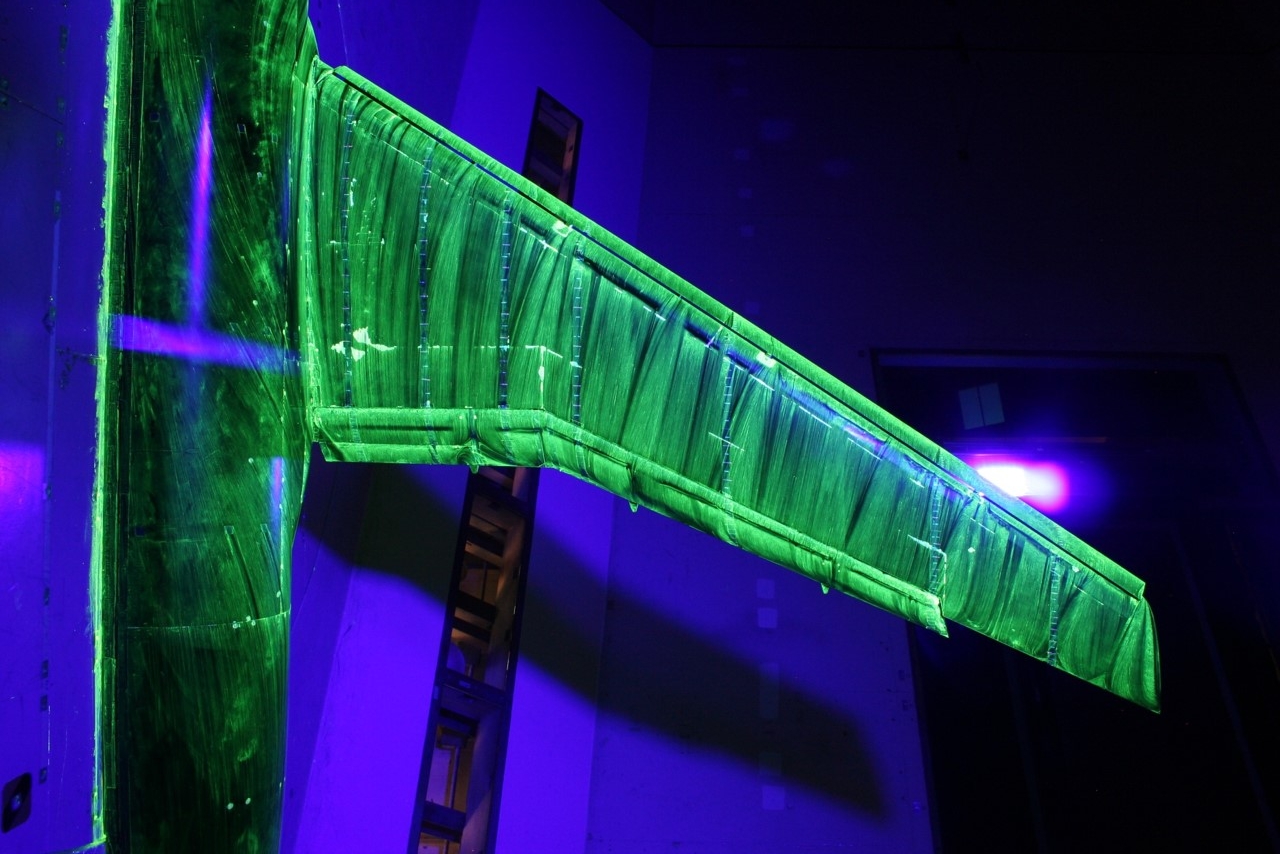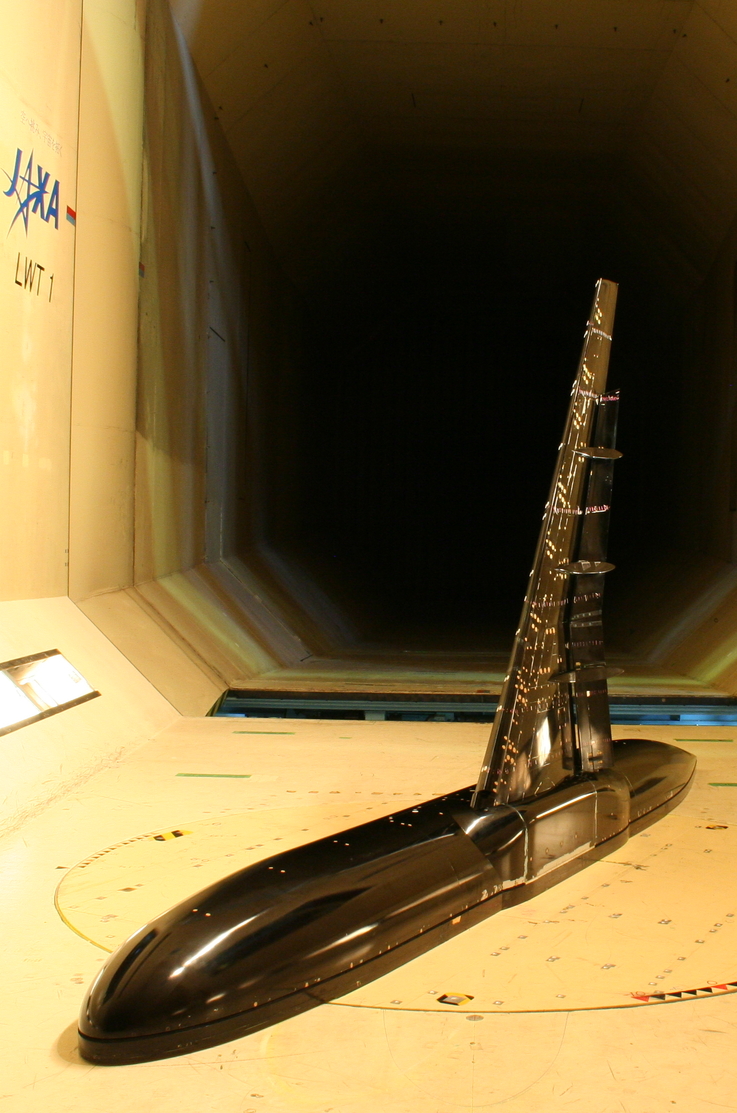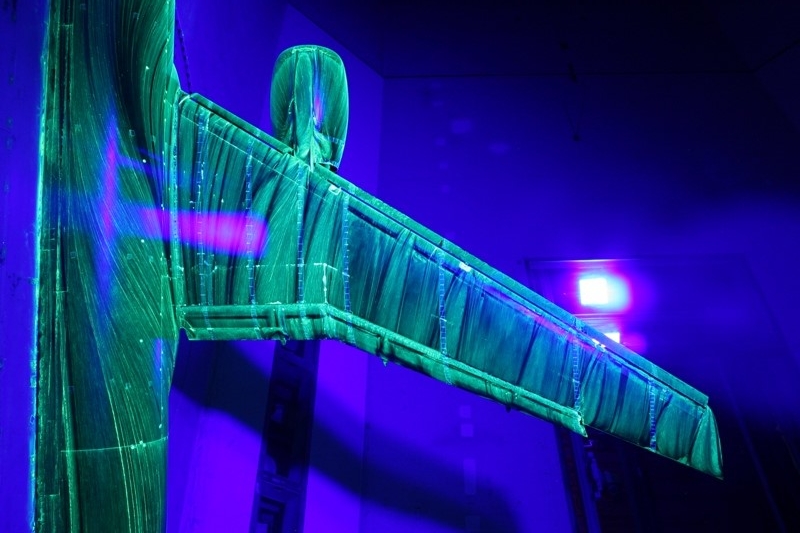
FREQUENTLY ASKED QUESTIONS
3rd
AIAA CFD High Lift Prediction Workshop
Q1: When will the website provide the geometries, grids, data,
testcases, data submittal forms, etc. for HiLiftPW-3?
A1: See "Tentative Dates" on the
Home Page. The website will continue to be populated over time as
various pieces of information become available. You are encouraged to ask to be included on the
HiLiftPW email distribution list, for notification of major updates.
Email:
hiliftpw@gmail.com.
Q2: What happened at the first workshop (HiLiftPW-1) and the
second workshop (HiLiftPW-2)?
A2: The first HiLift workshop took place in June 2010. See
Webpage for HiLiftPW-1 for detailed information. The second HiLift workshop took place in June 2013. See
Webpage for HiLiftPW-2 for detailed information.
Q3: What does the following statement mean:
"requested computations are 'free air' "?
A3: This means that
tunnel walls are not included;
the half-models (as defined in the CAD) should be computed with symmetry boundary
conditions on the symmetry plane and farfield boundary conditions at the outer boundaries,
thus simulating a full configuration with zero sideslip angle in "free air."
Q4: Do the experimental forces and moments
include the body as well as the wing?
A4: Yes, the body is
included in the determination of forces and moments.
Q5: How rigid are the gridding guidelines?
A5: The gridding guidelines, which can be found on the
Grids page, have been distilled from the best practices of past workshops. As such,
they are to be taken as guidelines, and not as strict rules.
Many grid generators may find it difficult or impossible to adhere to all
of the guidelines. When making your own grids, the most important thing is to document
details of what was done.
Q6: We are making our own grids. What is the deadline
for uploading them to the committee?
A6: Grids created by workshop
participants should be uploaded to the HiLiftPW ftp server prior to the workshop. Contact the page
curator or hiliftpw@gmail.com for login/access details.
New for HiLiftPW-3: we ask that anyone making their own grids also fill out a
GMGW-1 Questionnaire (available on the Grids Page).
Q7: What do I need to do to attend the workshop?
A7: To attend the workshop, both participants
and non-participants must register for HiLiftPW-3 with AIAA.
AIAA will also give details regarding travel and accomodations, visas, etc. Note that registering for the
AIAA Aviation conference alone
does not give you access to HiLiftPW-3 (and vice versa). You must specifically register for HiLiftPW-3,
and pay its additional registration fee. If you are a participant, you must submit an abstract and data
submittal forms by the deadlines listed on the
High Lift Prediction Workshop Home Page, and you must
prepare slides for an oral presentation to be given at the workshop (there is no written paper).
Q8: Please describe how to obtain lift coefficient
(CL), drag coefficient (CD), and pitching moment coefficient (CM)
for the HiLiftPW-3 configurations.
A8: Lift coefficient is defined
as L/(qS), where L is the sum of the components of the pressure forces and viscous forces on
all parts of the vehicle in the UP
direction, taking into account the angle-of-attack.
Because the workshop configurations are half-models, there is no yaw to consider here.
The q=dynamic pressure=0.5*rho_inf*U_inf2, and S is the planform area.
Similarly, drag coefficient is defined
as D/(qS), where D is the sum of the components of the pressure forces and viscous forces on
all parts of the vehicle in the DOWNSTREAM
direction, taking into account the angle-of-attack.
Moment coefficient is defined as M/(qSc). Here, M is the moment about the moment reference
center (MRC), and c is the mean aerodynamic chord (MAC). This workshop is
asking for pitching moment, which is moment about the y-axis pointing out of the MRC.
To get M, you need to sum up all of the local forces (pressure forces and viscous forces)
times their moment arm about the MRC's y-axis.
By convention, CM is positive when it acts to pitch the aircraft nose UP.
Q9: Do I have to compute all "requested" cases in order
to participate?
A9: No. Our goal is for all participants to
perform all the "requested" cases, but if you are unable to do so, we will take whatever you do
manage to complete.
Q10: Is this a Reynolds-averaged Navier-Stokes (RANS) workshop?
A10: Not necessarily. If you look back over
our previous HiLiftPWs, you will see that while most participants used RANS, a few employed other methods. We
encourage this, particularly for Cases 1 and 2. Note that the main purpose of Case 3
is verification of turbulence model implementation (in the
RANS sense); we leave it up to the individual
non-RANS participants to decide whether it is useful/appropriate to apply their methods to Case 3.
Q11: What do I do if I want to write a paper on my results?
A11: As answered in A7, there is NO written
paper at the HiLiftPW itself. Participants will only present their results in a "slide" presentation, which
must also be turned in for posting to the website.
For past HiLiftPWs, there have been opportunities for workshop
participants to write papers for subsequent AIAA Conferences (in special sessions that have been focused on
our workshop results). These opportunities will be announced to the participants
either at or immediately after the workshop.
Q12: Should grids be created using particular units?
A12: Yes. As specified on the
Geometry Files page and on the
Grids page, all grids for the HL-CRM should be in INCHES, and all
grids for the JSM should be in MILLIMETERS (these are the units of the original geometries).
Q13: When must self-generated meshes be uploaded?
A13: We would like self-generated grids to be
uploaded by the date of the workshop.
Q14: In what format should self-generated meshes be provided?
A14: We prefer either CGNS or AFLR3 formats, but
if these are not possible, then submit in whatever format you can, and provide us details on how to read it.
Q15: Can I attend only the HiLiftPW-3, and skip the
AIAA Aviation Conference held afterward?
Q16: Why are the Data Submittal forms "Tecplot" style?
Can I submit a different type of file?
A16: We process the submitted data using Tecplot, so
you must submit your data in this specified format to make things workable for us. The formats are all simply
column-aligned text files, which should be universal. However, you'll need to include the appropriate headers
within the files, as specified on the
Data Submittal Forms & Postprocessing Info page.
Q17: Can I submit data (via data submittal forms), but not
attend the workshop or present my results?
A17: Yes. Provided that you have an assigned
Participant ID number (PID), we will accept data from you by the deadline (April 28),
even if you are unable to attend the workshop or are unable to present. However, the opposite is not allowed: in
order to present at the workshop, you MUST have a PID and your data must be submitted by the deadline.
Q18: I am not finished running all my cases by the
April 28 deadline. What do I do?
A18: Because we need time to
process the data, we have a strict cutoff of April 30 (two days later than the original deadline)
for data submission. Any data received after this
will be considered "late", and will not be processed for the workshop. Therefore,
participants should SEND IN WHATEVER DATA THEY HAVE IN HAND BY APRIL 30.
As we have done with past workshops,
participants will be given plenty of opportunity to fill or correct their data
during the summer following the workshop.
Q19: Are there guidelines for making presentation
slides at the workshop?
A19: Yes, a presentation
template (to be used as a guideline) can be found on the Data Submittal Forms Page (near the bottom
of the page).
Return to: High Lift Prediction Workshop Home Page
Recent significant updates:
04/17/2017 - Updated the answer to Q6; added Q18 and Q19
Privacy Act Statement
Accessibility Statement
Responsible NASA Official:
Li Wang
Page Curator:
Li Wang
Last Updated: 04/17/2017



